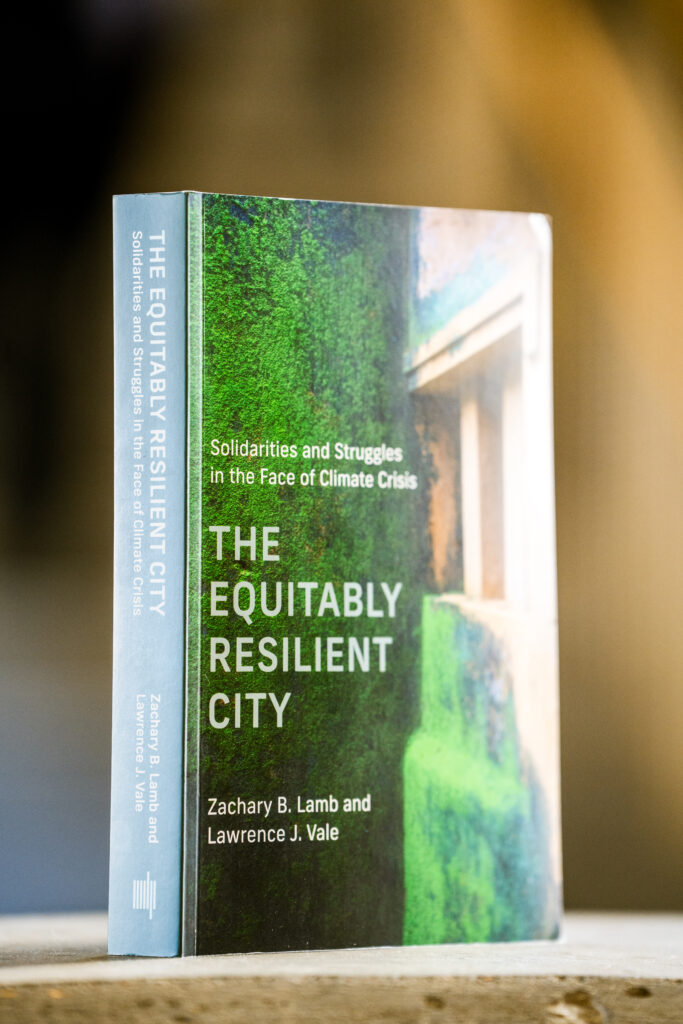The Equitably Resilient City: Solidarities and Struggles in the Face of Climate Crisis

URBAN AFFAIRS ASSOCIATION 2025 BEST BOOK IN URBAN AFFAIRS
Twelve global planning and urban design interventions—and what they reveal about equity-centered urban resilience in the face of climate change.
Hillside favelas in South America imperiled by landslides. Flood-threatened mobile home parks on the American Gulf Coast. Canal-side settlements facing eviction in megacities in Southeast Asia. Too often the places most vulnerable to climate change are the ones that are home to people with the fewest economic and political resources. And while some leaders are starting to take action to reduce climate risks, many early adaptation schemes have actually made preexisting inequalities worse. In The Equitably Resilient City, Zachary Lamb and Lawrence Vale ask how cities can adapt to climate change and other threats while also doing right by disadvantaged residents.
Lamb and Vale’s model for the equitably resilient city includes four central domains: (1) environmental safety and vitality; (2) security from displacement; (3) stable and dignified livelihoods; and (4) enhanced self-governance. These principles represent the four LEGS (Livelihoods, Environment, Governance, and Security) of equitable resilience. To illustrate these core principles, the book draws on 12 case studies from settlements facing a range of hazards across diverse geographies in the Global North and South, from heat stress in Paris to drought in Bolivia to floods in Bangkok and New Orleans. Offering concrete strategies in the form of planning, community action, and design interventions, Lamb and Vale show that equitable urban resilience is not a pipe dream nor an abstract ethical proposition but an achievable reality grounded in struggle and solidarity.